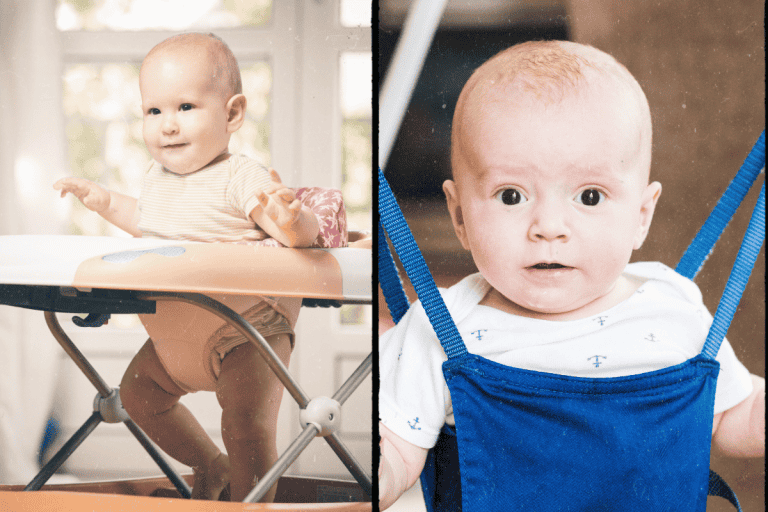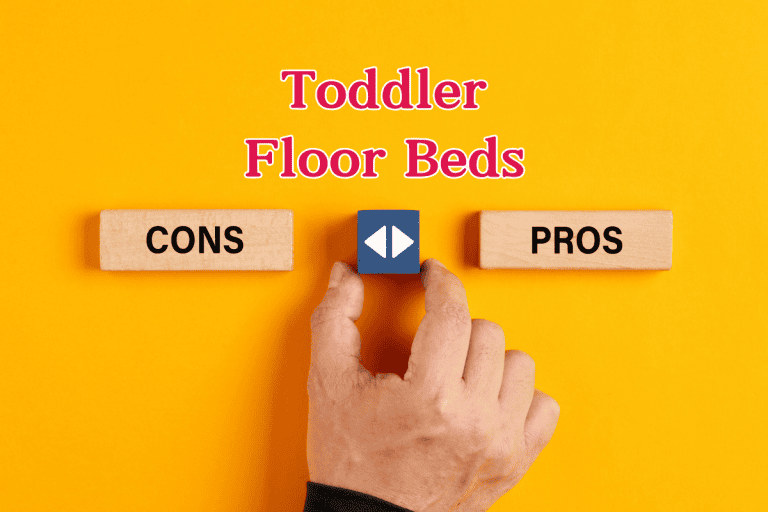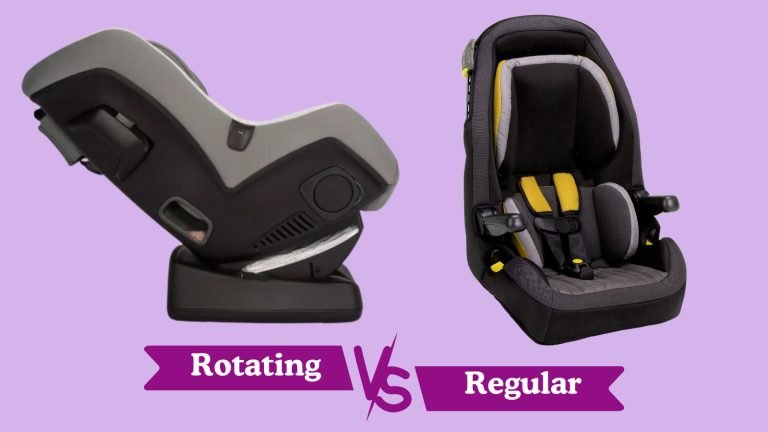Kids Electric Scooter Helmet Requirements: Your Complete Legal and Safety Guide in 2025
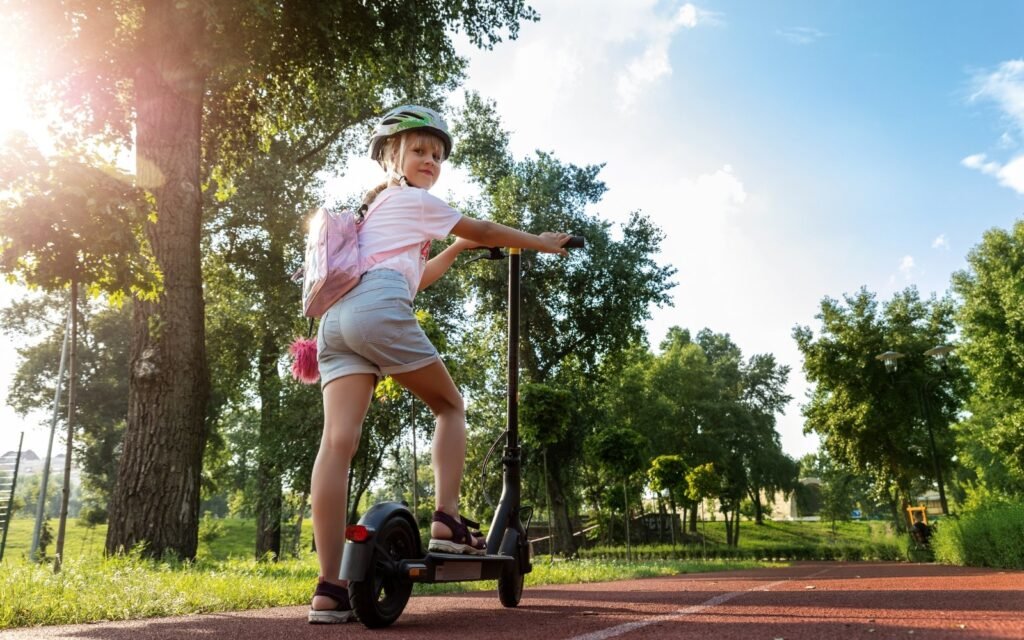
A staggering 86% of electric scooter injuries involve head trauma, according to recent emergency room data from UCLA. Yet many parents remain confused about kids electric scooter helmet requirements, particularly as laws vary dramatically between states and municipalities.
The challenge extends beyond simple compliance. With electric scooters becoming increasingly popular among children, understanding helmet requirements isn’t just about avoiding fines—it’s about protecting your child’s developing brain from potentially life-altering injuries.
This comprehensive guide will clarify kids electric scooter helmet requirements across different jurisdictions, help you choose compliant helmets, and ensure your family stays both legal and safe. Having researched helmet laws extensively while advocating for stronger child safety regulations in my community, I’ve seen firsthand how proper helmet compliance can prevent serious injuries while keeping families on the right side of the law.
Key Takeaways – Kids Electric Scooter Helmet Requirements
- Helmet requirements for kids on electric scooters vary significantly by state, with some requiring helmets for all ages while others have age-specific mandates
- CPSC-certified helmets are the minimum standard, but additional certifications like SNELL or ASTM provide enhanced protection
- Local municipalities often have stricter requirements than state laws, making it essential to check city-specific regulations
- Proper helmet fit and regular replacement are just as important as meeting legal requirements for maximum protection
Understanding State-Level Kids Electric Scooter Helmet Requirements
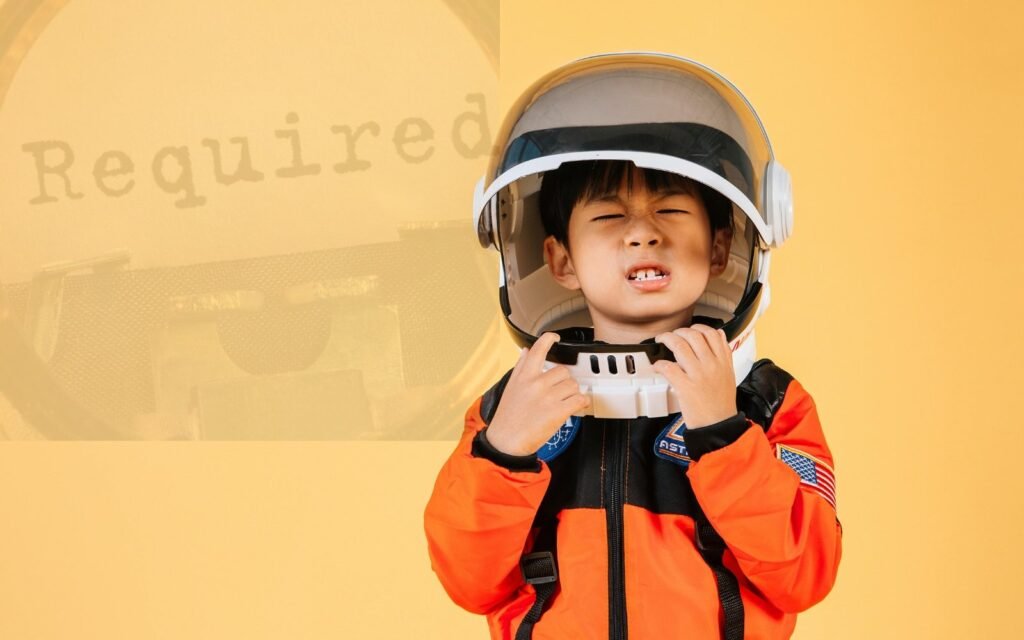
States with Universal Helmet Requirements
Several states mandate helmets for all electric scooter riders regardless of age. California leads with comprehensive kids electric scooter helmet requirements, requiring all riders under 18 to wear CPSC-certified helmets when operating electric scooters on public property.
New York follows similar guidelines, with strict enforcement in major cities like New York City and Albany. Florida recently updated their laws to include electric scooters under existing bicycle helmet requirements for minors.
These universal requirements eliminate confusion for parents but often face resistance from older teenagers who view helmet use as uncool or unnecessary. For parents navigating these teen challenges, implementing acts of service for children can help build positive relationships around safety habits.
Age-Specific Helmet Laws by State
Many states implement tiered kids electric scooter helmet requirements based on rider age. Texas requires helmets for riders under 18 in most municipalities, while some counties extend this to age 21 for electric scooters.
Arizona mandates helmets for riders under 18, but enforcement varies significantly between urban and rural areas. Colorado requires helmets for children under 16, recognizing that younger riders need additional protection due to developing motor skills and judgment.
Understanding these age-specific requirements helps parents plan for family electric scooter activities and ensures compliance when traveling between states. Similar to how parents research best travel car seats for safe journeys, helmet compliance research is essential for scooter travel.
States Without Specific Electric Scooter Helmet Laws
Some states have yet to establish clear kids electric scooter helmet requirements, leaving decisions to local governments or individual choice. However, this doesn’t mean helmets aren’t required—many of these states apply existing bicycle laws to electric scooters.
Michigan, for example, doesn’t have specific electric scooter helmet laws but strongly recommends helmet use for all riders under 14. Ohio similarly relies on local ordinances rather than statewide mandates.
Parents in these states should research local laws and prioritize safety over legal minimums when making helmet decisions.
Municipal and Local Kids Electric Scooter Helmet Requirements

City-Specific Regulations
Major cities often implement stricter kids electric scooter helmet requirements than their state counterparts. San Francisco requires helmets for all riders under 18, with fines reaching $200 for violations. Seattle extends helmet requirements to age 17 with mandatory safety courses for repeat offenders.
Chicago takes a unique approach, requiring helmets for riders under 16 but also mandating reflective gear during evening hours. These local variations reflect each city’s specific safety concerns and traffic patterns.
Portland, Oregon combines helmet requirements with designated electric scooter lanes, creating a comprehensive safety framework that many other cities are now adopting.
School District and Park Requirements
Many school districts establish their own kids electric scooter helmet requirements for students riding to school, regardless of local laws. These policies often extend to school-sponsored events and field trips involving electric scooter use.
Public parks frequently post additional helmet requirements, particularly in areas with mixed pedestrian and vehicle traffic. When planning safe outdoor play ideas for toddlers, parents should consider how helmet policies extend to various recreational activities.
Private venues like shopping centers or recreational facilities often establish helmet policies as part of their liability protection, making compliance necessary for access.
Enforcement and Penalties
Understanding enforcement patterns helps parents gauge the real-world importance of kids electric scooter helmet requirements. Urban areas typically have stricter enforcement, with police officers specifically trained to identify compliant versus non-compliant helmets.
Penalties range from warnings and safety education requirements to fines exceeding $300 in some jurisdictions. More importantly, non-compliance can affect insurance coverage if accidents occur.
Some cities implement “fix-it ticket” programs, allowing families to avoid fines by purchasing and properly fitting appropriate helmets within a specified timeframe.
Helmet Certification Standards for Kids Electric Scooter Helmet Requirements
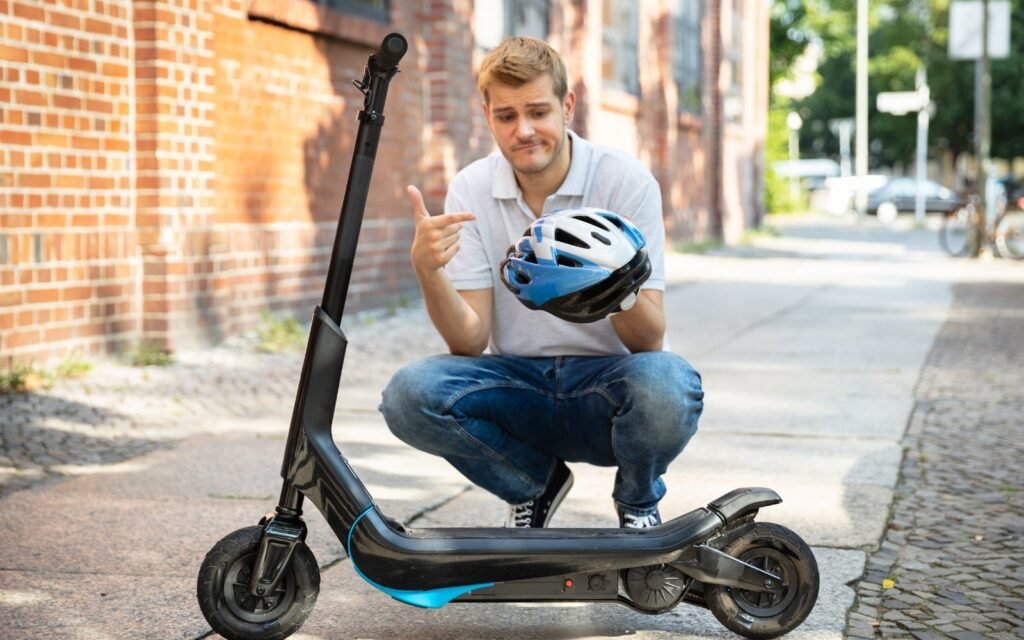
CPSC Certification Requirements
The Consumer Product Safety Commission (CPSC) sets minimum standards that all kids electric scooter helmet requirements reference. CPSC-certified helmets undergo rigorous impact testing and must meet specific retention system standards.
Look for the CPSC sticker inside the helmet—it’s usually located near the foam padding. Helmets without this certification don’t meet legal requirements in most jurisdictions with helmet laws.
CPSC standards address impact absorption, strap strength, and field of vision requirements. These specifications ensure helmets provide consistent protection across different brands and price points.
Additional Safety Certifications
While CPSC certification meets most kids electric scooter helmet requirements, additional certifications provide enhanced protection. SNELL (Snell Memorial Foundation) standards exceed CPSC requirements with more stringent impact testing.
ASTM (American Society for Testing and Materials) certification focuses on specific activities, with separate standards for cycling, skateboarding, and electric scooter use. Some municipalities specifically require ASTM F1447 certification for electric scooter helmets.
European CE marking indicates compliance with EU safety standards, which are often more stringent than US requirements. However, not all jurisdictions accept CE-marked helmets as meeting local kids electric scooter helmet requirements.
Multi-Impact vs. Single-Impact Helmets
Traditional bicycle helmets use EPS (expanded polystyrene) foam designed for single impacts. After any significant impact, these helmets must be replaced even if no visible damage appears.
Multi-impact helmets use EPP (expanded polypropylene) foam that can withstand multiple minor impacts. While more expensive, these helmets may be more cost-effective for active children who frequently drop or bump their helmets.
Check local kids electric scooter helmet requirements carefully—some jurisdictions specify single-impact helmet standards, while others accept multi-impact designs.
Choosing Compliant Helmets for Kids Electric Scooter Helmet Requirements
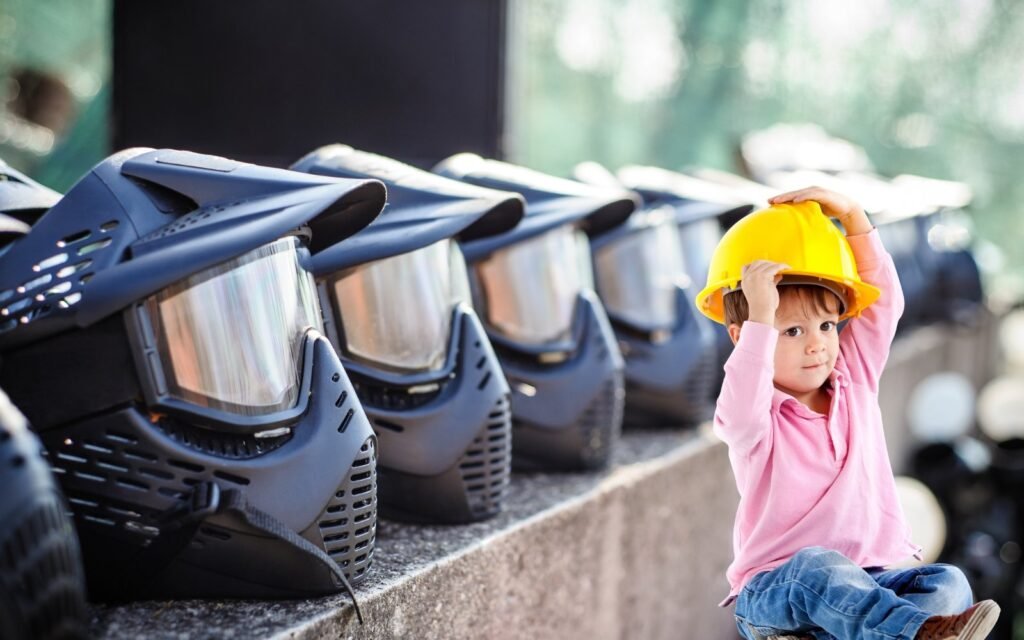
Proper Sizing and Fit Guidelines
Meeting kids electric scooter helmet requirements goes beyond certification—proper fit is essential for both legal compliance and actual protection. Measure your child’s head circumference just above the eyebrows using a flexible measuring tape.
The helmet should sit level on the head, covering the forehead about one inch above the eyebrows. Side straps should form a “V” shape under each ear, with the chin strap snug but comfortable.
Test the fit by having your child shake their head vigorously. A properly fitted helmet shouldn’t move more than an inch in any direction or slide forward to obstruct vision. Just as parents carefully consider how to choose baby carrier fit for safety, helmet fitting requires the same attention to detail.
Age-Appropriate Features
Younger children benefit from helmets with extended rear coverage and additional side protection. Many manufacturers design specific models for different age groups, incorporating features that address developmental needs.
Ventilation becomes more important as children get older and more active. However, ensure additional vents don’t compromise the helmet’s structural integrity or certification status.
Consider growth potential when selecting helmets for rapidly growing children. Some models include adjustable sizing systems that accommodate head growth while maintaining proper fit. This consideration mirrors the approach parents take when selecting kids motorcycle size guide appropriate equipment.
Budget Considerations and Value
Quality helmets meeting kids electric scooter helmet requirements are available across various price points. Basic CPSC-certified helmets start around $25, while premium models with additional features can exceed $100.
Focus on certification, fit, and durability rather than price alone. A $30 helmet that fits properly and meets certification standards provides better protection than an expensive helmet that doesn’t fit correctly.
Consider your child’s activity level and helmet use frequency when making budget decisions. Active children who use helmets daily may benefit from higher-quality models with better ventilation and comfort features.
Maintaining Compliance with Kids Electric Scooter Helmet Requirements
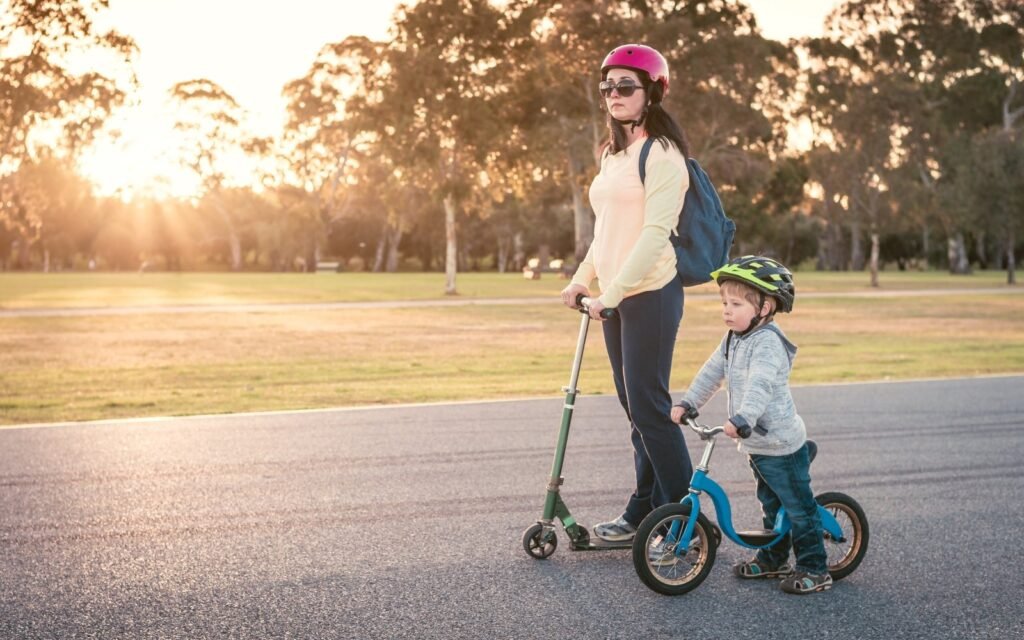
Regular Inspection and Replacement
Even helmets that initially met kids electric scooter helmet requirements can lose effectiveness over time. Inspect helmets monthly for cracks, dents, or worn straps that could compromise protection.
UV exposure gradually degrades helmet materials, particularly the outer shell and internal foam. Replace helmets every 3-5 years even without visible damage, as materials lose protective properties over time.
Any helmet involved in an impact should be replaced immediately, regardless of visible damage. The foam compression that occurs during impact reduces the helmet’s ability to protect in future accidents.
Keeping Up with Changing Requirements
Kids electric scooter helmet requirements evolve as technology advances and safety research provides new insights. Subscribe to local government newsletters or safety organization updates to stay informed about requirement changes.
New helmet technologies and certification standards emerge regularly. What meets requirements today might not be sufficient in the future, making it important to stay current with evolving standards.
Consider joining parent groups or online communities focused on electric scooter safety. These networks often share information about requirement changes and helmet recommendations.
Practical Takeaways
- Research both state and local kids electric scooter helmet requirements before purchasing equipment or planning riding activities
- Always verify CPSC certification and consider additional safety certifications for enhanced protection
- Prioritize proper helmet fit over style or price—an improperly fitted helmet won’t provide adequate protection regardless of certification
- Establish regular helmet inspection routines and replacement schedules to maintain compliance and safety
- Stay informed about changing requirements through official channels and safety organizations
Summary
Navigating kids electric scooter helmet requirements doesn’t have to be overwhelming when you understand the key principles and resources available. Remember that legal compliance represents the minimum safety standard—your child’s protection should always be the primary consideration.
The investment in proper helmet selection and maintenance pays dividends in both legal compliance and actual safety outcomes. As electric scooter technology and usage patterns continue evolving, helmet requirements will likely become more standardized and stringent.
Take action today by researching your local requirements and ensuring your child has properly fitted, certified helmet protection. Share your experiences with helmet compliance in the comments below, and consider how your insights might help other parents navigate these important safety decisions.
FAQs About Kids Electric Scooter Helmet Requirements
Do kids electric scooter helmet requirements apply to private property?
- Most helmet laws apply only to public roads, sidewalks, and parks
- Private property owners may establish their own helmet policies
- Insurance considerations may make helmet use advisable regardless of legal requirements
- Check specific local ordinances as some extend requirements to all areas
What happens if my child doesn’t meet kids electric scooter helmet requirements?
- Penalties vary by jurisdiction but can include fines up to $300
- Some areas require safety education classes instead of or in addition to fines
- Insurance coverage may be affected if accidents occur during non-compliance
- Repeat violations often carry increased penalties and enforcement attention
Are bicycle helmets sufficient for kids electric scooter helmet requirements?
- CPSC-certified bicycle helmets meet most electric scooter helmet requirements
- Some jurisdictions require specific electric scooter or multi-sport helmets
- Check local laws for activity-specific certification requirements
- Consider usage patterns when choosing between bicycle and multi-sport helmets
How often should I replace helmets to maintain kids electric scooter helmet requirements compliance?
- Replace helmets every 3-5 years due to material degradation
- Immediate replacement required after any significant impact
- Growing children may need annual size adjustments or replacements
- UV exposure and regular use accelerate replacement timelines
Can I use helmets purchased in other states for kids electric scooter helmet requirements?
- CPSC-certified helmets are generally accepted across all US jurisdictions
- Some areas require additional certifications that may vary by state
- European or international helmets may not meet US certification requirements
- Verify local certification requirements before relying on out-of-state helmet purchases

